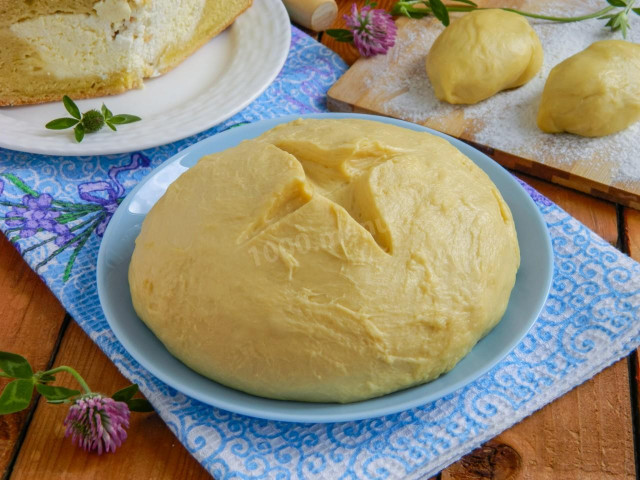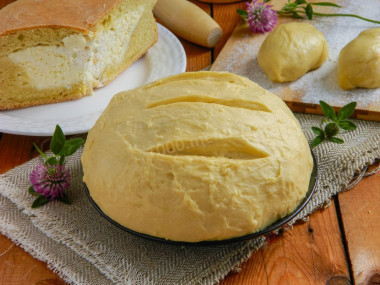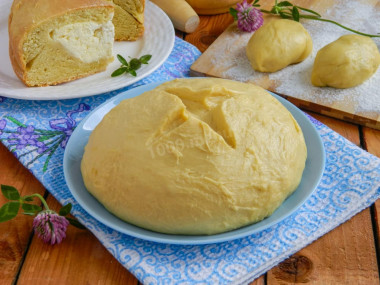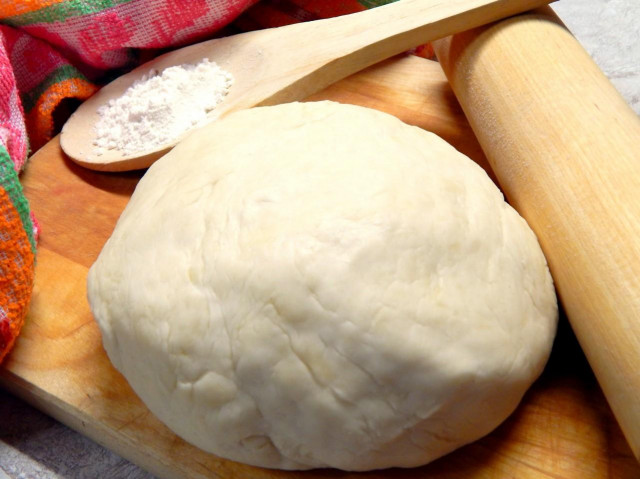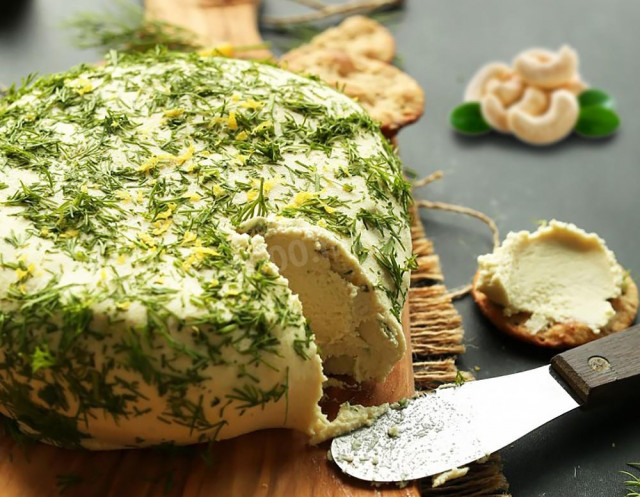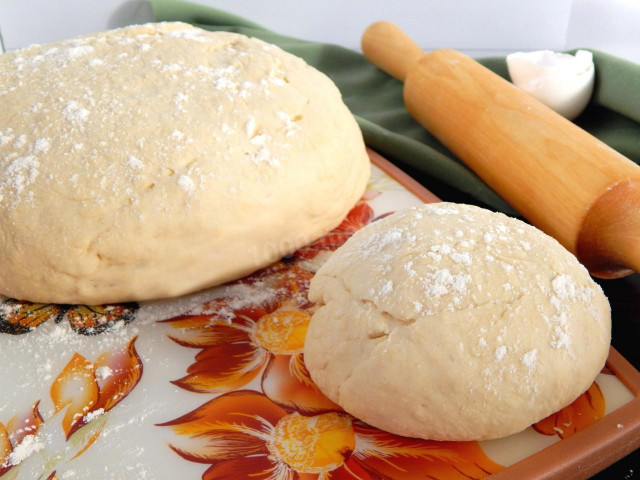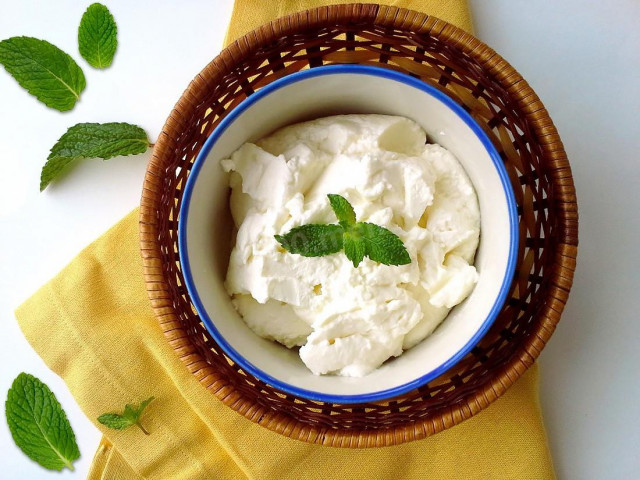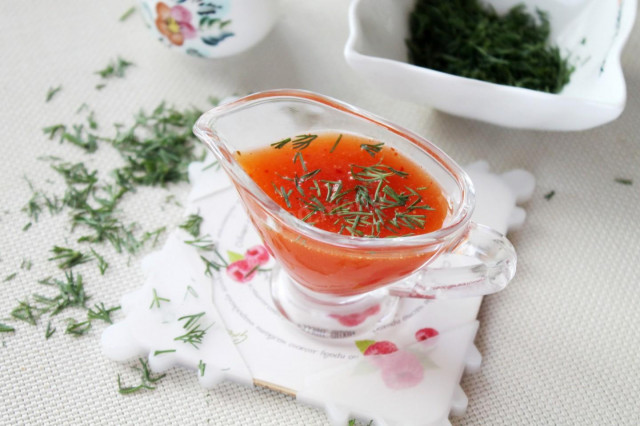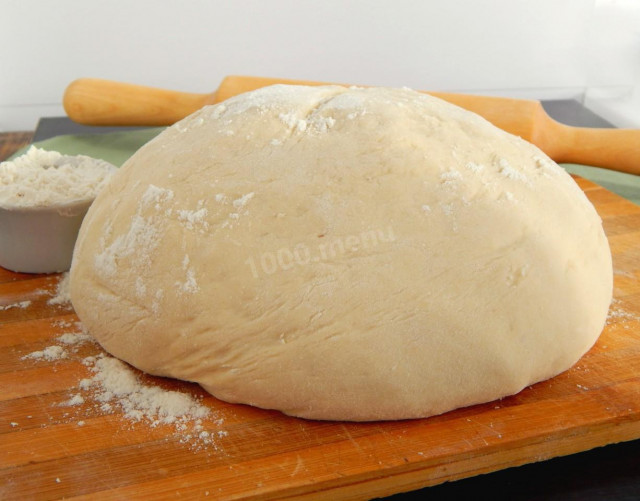Composition / ingredients
Step-by-step cooking
Step 1:

How to make unleavened dough for pies? Prepare all the products according to the list. Take the flour of the highest grade, eggs -C1 or C0. Instead of kefir, you can use sour milk or any other fermented milk drink. Kefir and eggs 1-1.5 hours before cooking, remove from the refrigerator. For the most successful baking, the ingredients should be at room temperature.
Step 2:
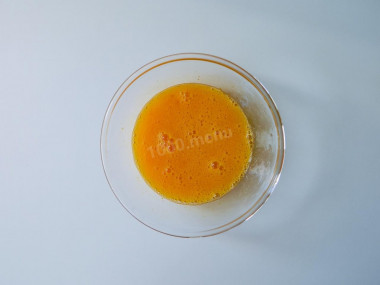
Wash the eggs with soap, dry with a towel or napkin. Take a deep bowl in which it will be convenient to beat eggs and mix liquid ingredients. Whisk them with sugar and salt. It is not necessary to beat until the foam appears. Adding salt improves the taste and simplifies the whipping process.
Step 3:
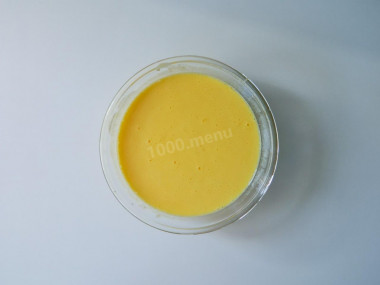
Add kefir and mix.
Step 4:
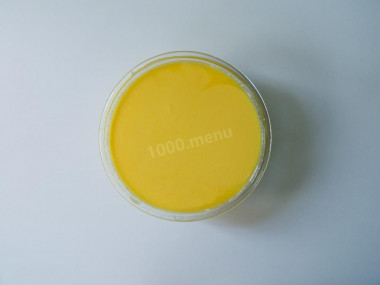
Melt the butter and cool to room temperature. When it cools down, pour it into the egg-kefir mixture. Mix well.
Step 5:
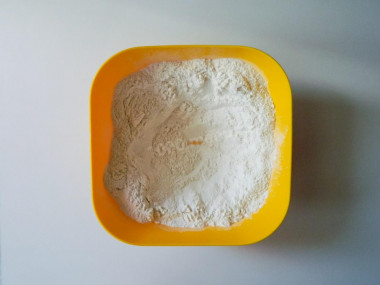
Take a deep bowl with a rounded bottom, in which it is convenient to mix dry and liquid ingredients and knead the dough. Mix half of the amount of flour required by the recipe with soda using a whisk. This is necessary so that the soda spreads over the flour and the dough rises evenly during the baking process. Sift the flour so that it is saturated with oxygen and the dough is fluffy.
Step 6:
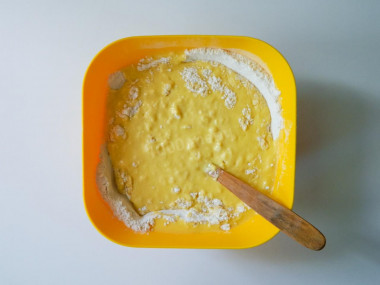
Make a recess in the flour and pour in the liquid component. Be sure to add the liquid component to the dry one, and not vice versa. So the dough will turn out the most successful. Start kneading the dough with a spoon or a spatula.
Step 7:
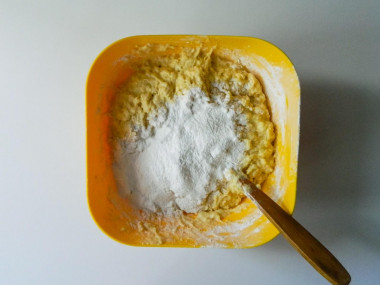
When the flour in the bowl runs out, add the remaining in small portions until you achieve the desired consistency.
Step 8:
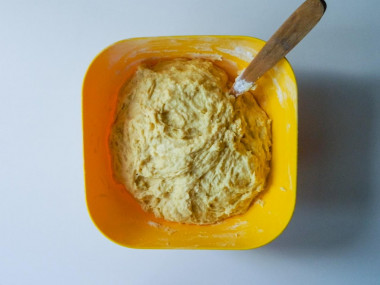
When it becomes difficult to knead with a spoon, start doing it with your hands. Knead the dough thoroughly. It is important that it turns out to be very gentle. Otherwise, the taste of baking will be spoiled.
Step 9:

Before using, the dough on kefir in the oven without yeast should be infused for 15-20 minutes so that the gluten will disperse and it will be easier to work with it. Before that, cover the bowl with a tight lid, towel or cling film so that the dough does not chafe. From such a number of ingredients, about 1 kg of dough is obtained, from which you can make a pie or pies with various fillings in the oven.
Instead of sugar, you can use a sweetener that is not afraid of heat treatment.
Butter can be melted in the microwave in the appropriate mode (read the instructions for your device) or in a water bath. How to melt butter in a water bath? You will need two containers of different diameters. Pour water into a large one and put it on the stove. Place the smaller container on top so that it is submerged in water by about half. Put the sliced butter into it. Under the influence of boiling water, the oil will begin to melt. Stir the oil slightly to speed up the process. As soon as the pieces of oil are completely dissolved, remove the container from the stove.
Make it a rule that the amount of flour is never determined in advance when preparing flour and bread products! This indicator will always fluctuate, since flour can be of different humidity, differ in the degree of grinding and the level of gluten, and other indicators, which inevitably affects its ability to bind to the liquid mixture in the dough. Since it is impossible to do a laboratory test at home to determine all the parameters and indicators of flour, we recommend acting on the principle of "flour in water", that is, take liquids exactly according to the recipe, and add flour to the liquid component not all at once, but in parts, achieving the desired consistency (while flour may take a little more or on the contrary, less than in the recipe). Thanks to this technique, the proportions of the ingredients are more accurately preserved and the quality of the dough is not lost.
Caloric content of the products possible in the composition of the dish
- Granulated sugar - 398 kcal/100g
- Sugar - 398 kcal/100g
- Kefir fat - 62 kcal/100g
- Kefir of 1% fat content - 38 kcal/100g
- Low-fat kefir - 30 kcal/100g
- Kefir "doctor beefy" 1,8% fat content - 45 kcal/100g
- Kefir 2.5% fat content - 53 kcal/100g
- Butter 82% - 734 kcal/100g
- Amateur unsalted butter - 709 kcal/100g
- Unsalted peasant butter - 661 kcal/100g
- Peasant salted butter - 652 kcal/100g
- Melted butter - 869 kcal/100g
- Salt - 0 kcal/100g
- Wheat flour - 325 kcal/100g
- Baking soda - 0 kcal/100g
- Chicken egg - 80 kcal/100g

